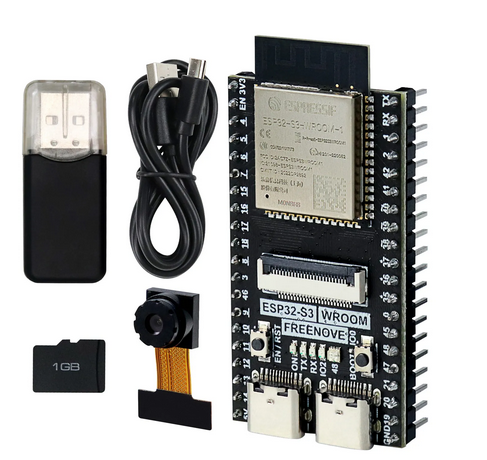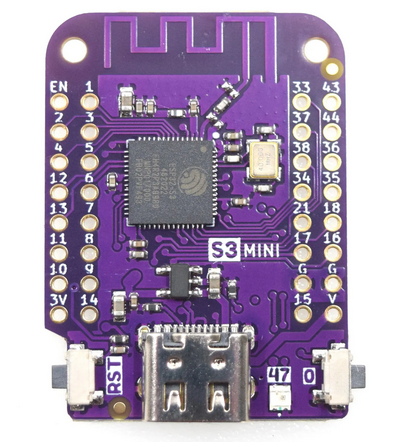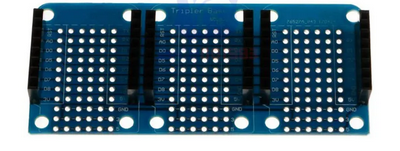
Difference: TinyML (12 vs. 13)
Revision 132024-02-21 - UliRaich
| Line: 1 to 1 | ||||||||
|---|---|---|---|---|---|---|---|---|
TinyMLIntroduction | ||||||||
| Line: 28 to 28 | ||||||||
Michael O'Cleirigh has started a project on github trying to port these examples to MicroPython (https://github.com/mocleiri/tensorflow-micropython-examplesThe hardware | ||||||||
| Changed: | ||||||||
| < < | For the person detection example several esp32-cam boards integrating a camera with the ESP32 CPU are available. Some provide an SD card interface, such that photos or videos from the camera can be recorded onto an SD card. Some of these boards have only 16 output pins and are therefore very limited in the number of GPIO lines available to interface external devices and others use 40 output pins. None of them has a microphone and/or an accelerometer on board. To my knowledge there is only one such board using the ESP32S3 chip with vector instructions speeding up neural network operations and that one is a 40 pin device. I therefore selected this device for my studies. | |||||||
| > > | For the person detection example several esp32-cam boards integrating a camera with the ESP32 CPU are available. Some provide an SD card interface, such that photos or videos from the camera can be recorded onto an SD card. Some of these boards have only 16 output pins and are therefore very limited in the number of GPIO lines available to interface external devices and others use 40 output pins. Only the ESP32-S3-FN8 has a camera and a microphone and none have an accelerometer on board. | |||||||
| Changed: | ||||||||
| < < |  | |||||||
| > > | For all demos except the magic wand example I therefore use the ESP32-S3-FN8 | |||||||
| Changed: | ||||||||
| < < | Of course it is possible to interface the microphone and/or the accelerometer to the above board, but in this case a bread board and quite a bit of external cabling is needed. I therefore prefer to use the WeMos D1 mini eco-system with an ESP32S3 CPU, a triple base and prototype boards onto which the microphone and the accelerometer are mounted. | |||||||
| > > |  Of course it is possible to interface also the accelerometer to the above board, but in this case a bread board and quite a bit of external cabling is needed. I therefore prefer to use the WeMos D1 mini eco-system with an ESP32S3 CPU, a triple base and prototype boards onto which the microphone and the accelerometer are mounted.
Of course it is possible to interface also the accelerometer to the above board, but in this case a bread board and quite a bit of external cabling is needed. I therefore prefer to use the WeMos D1 mini eco-system with an ESP32S3 CPU, a triple base and prototype boards onto which the microphone and the accelerometer are mounted. | |||||||
The photos below show the CPU and the backplane board.
| ||||||||
| Line: 85 to 87 | ||||||||
| ||||||||
| Added: | ||||||||
| > > |
| |||||||
View topic | History: r13 < r12 < r11 < r10 | More topic actions...
Ideas, requests, problems regarding TWiki? Send feedback


